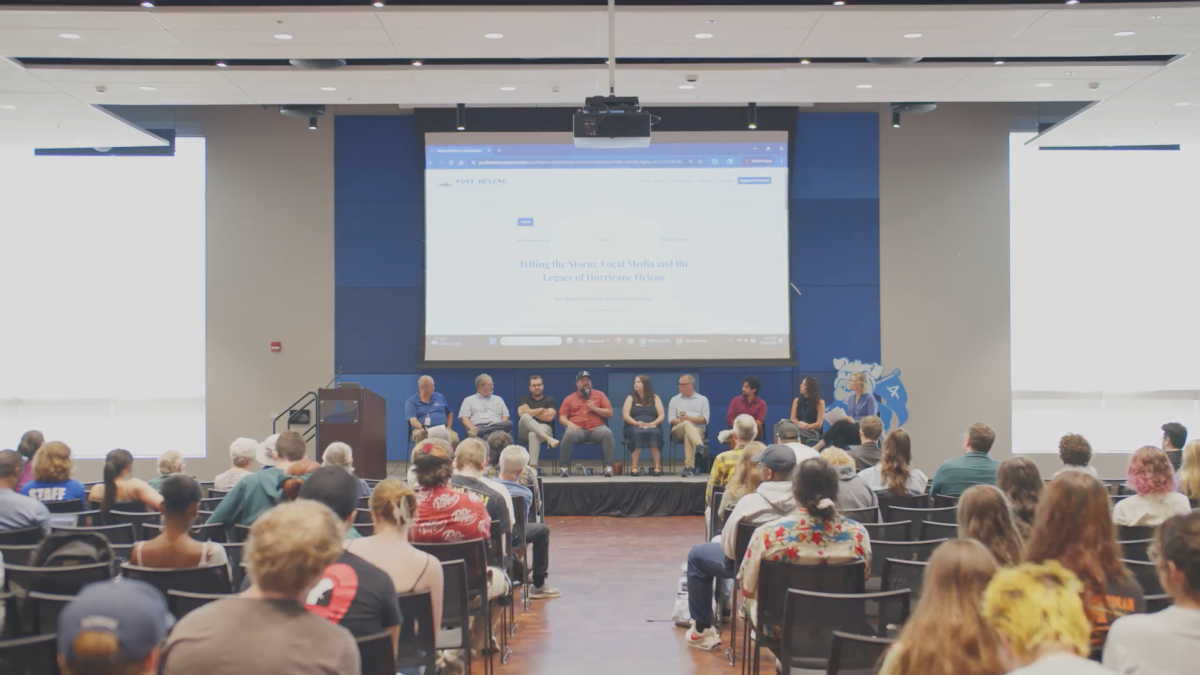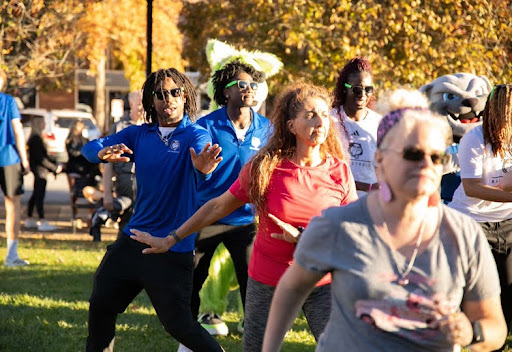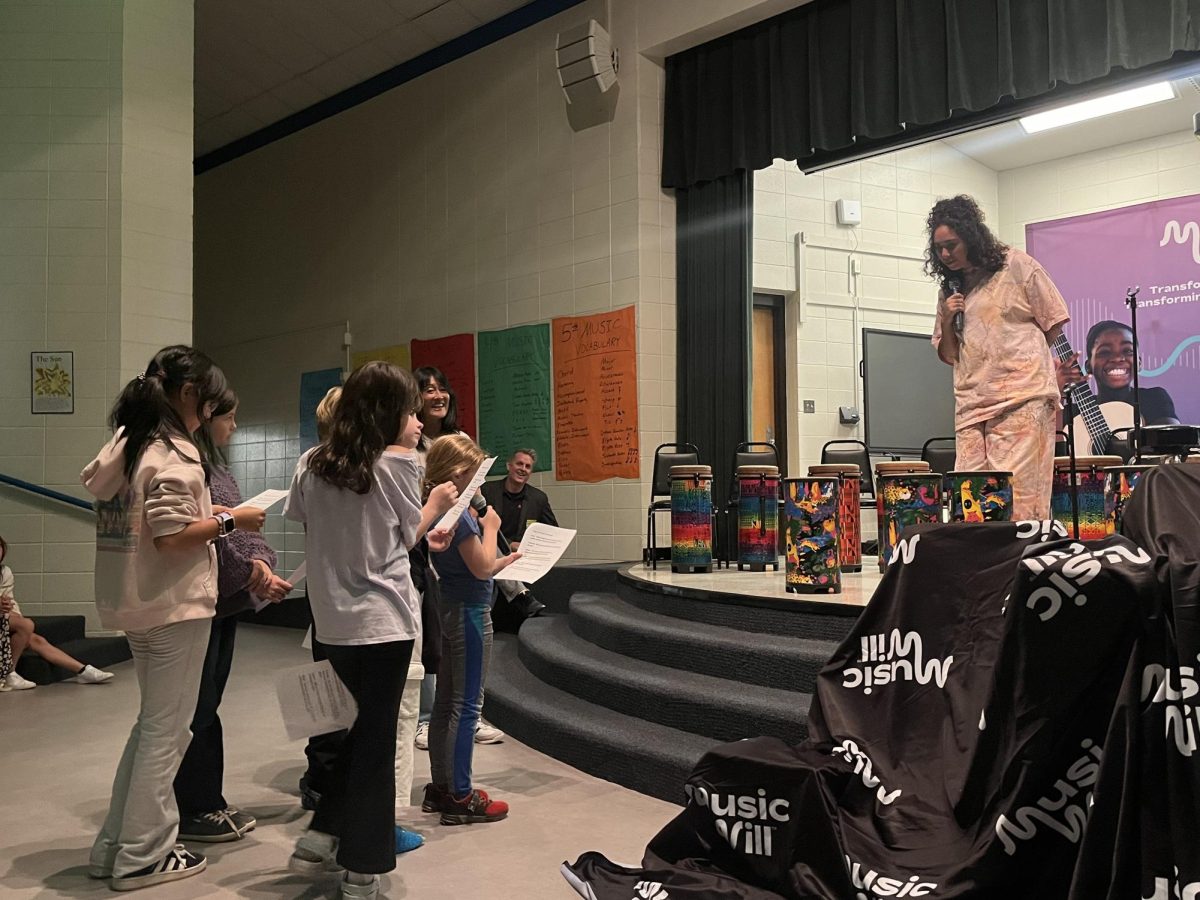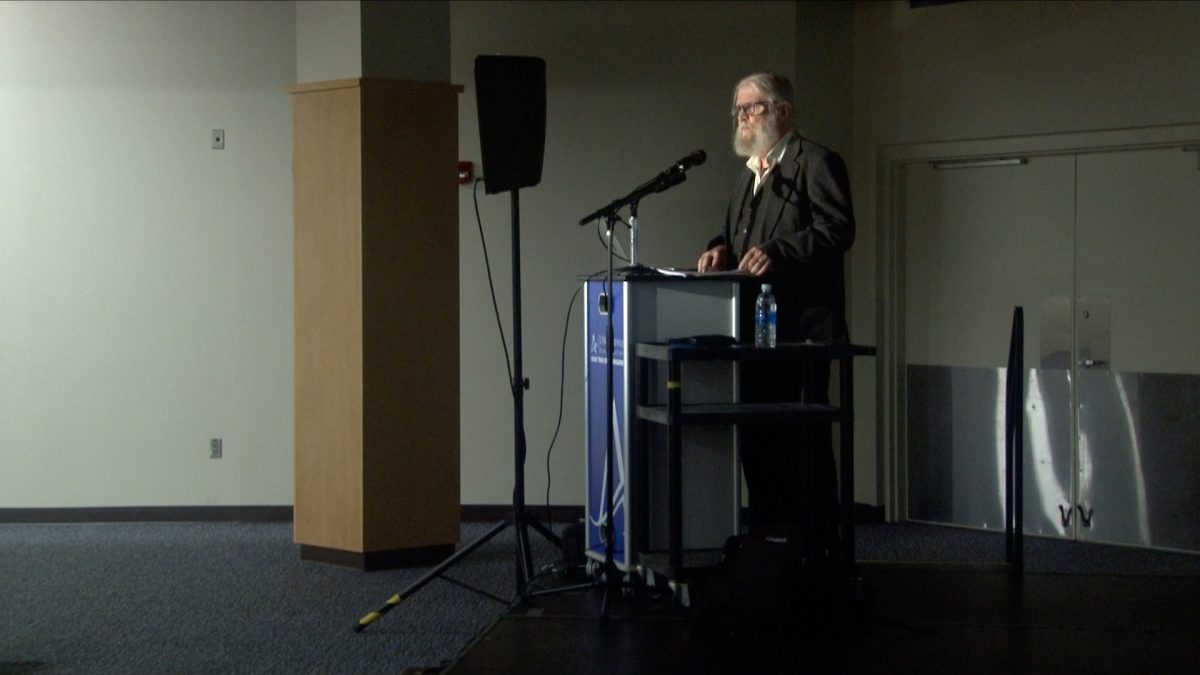Daniel Secor
Contributor
[email protected]
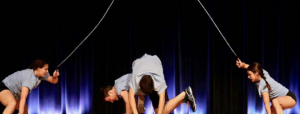
College jumper ropers compete at the National Collegiate Jump Rope Championship at UNC Chapel Hill on Feb. 1.
Athletes from across the country represented their universities at the National Collegiate Jump Rope Championship at UNC Chapel Hill on Feb. 1.
UNC Asheville was one of the 34 universities that came to compete and share their love for the sport. Close to 300 athletes were in attendance, making it the biggest collegiate jump rope tournament to date, according to American Jump Rope Federation officials.
“Jump rope is growing at all levels,” said Ally Astles, student and head coach of Miami University’s club team. “The sport is so close to becoming part of the Olympics and having the NCAA’s recognition would help us so much.”
A portion of this year’s athletes competed for their spot on the 2020 U.S. National Team, in addition to competing at the collegiate level championship.
“This year’s competition is intense. The stakes are high and the pressure is on,” said Graham Booth, tournament director and head coach of Carolina Jump Rope.
“There is a series of competitions in the U.S. where jumpers can enter the running for the National Team. This was the first to include the freestyle competition, so people really showed out,” Booth said.
Jumpers and coaches said they felt the level of competitiveness being raised from previous years.
“Last year’s competition was a great place for college club jumpers to get introduced to the sport. The stakes definitely seem a lot higher this year. There are some really talented jumpers here this year to compete for a spot on Team USA,” Astles said.
Following the National Anthem, the tournament commenced with the speed events. A group of judges scored each competitor to see how many jumps they could get in 30 seconds, as well as in three minutes.
Athletes then competed in the freestyle events where they performed their choreographed routines for a panel of judges.
“The freestyle competition is my favorite to watch and compete in,” said Miles Borowsky, 19-year-old competitor and student at Vanderbilt University. “The envelope is constantly being pushed with these skills. I always feel so inspired after watching my friends compete.”
Ranging from individual to group routines, this event gave athletes the opportunity to highlight their most creative tricks.
“It was my first time attending this event, and I was amazed with how creative and skilled these jumpers were,” said Nick Woodard, 32-year-old graduate student and world champion jump roper.
A variety of tournament officials gave presentations throughout the weekend, ranging from tips on starting a college team to graduate research on the sport of jump rope.
“Being able to present my master’s thesis was definitely a highlight from my weekend,” Woodard said. “My work is based on the connection between the history and the future of the sport of jump rope.”
Carolina Jump Rope organized a showcase open to the public after the tournament. This gave the different collegiate teams an opportunity to show off their flashiest show-oriented skills.
“The registration numbers indicated there was significant growth in collegiate jump rope, but the showcase really displayed how these teams have become organized,” Booth said. “It was a great way for teams to show their talent, personality, and creativity in ways that aren’t possible on the competition floor.”
According to National Collegiate Jump Rope Council officials, the event staff accomplished their main goal of creating a sense of community around collegiate jump rope.
“Many talented jumpers stop jumping when they get to college due to a lack of structure and organization,” Booth said. “Fostering a collegiate jump rope community at the NCJRC is crucial to changing this narrative.”
